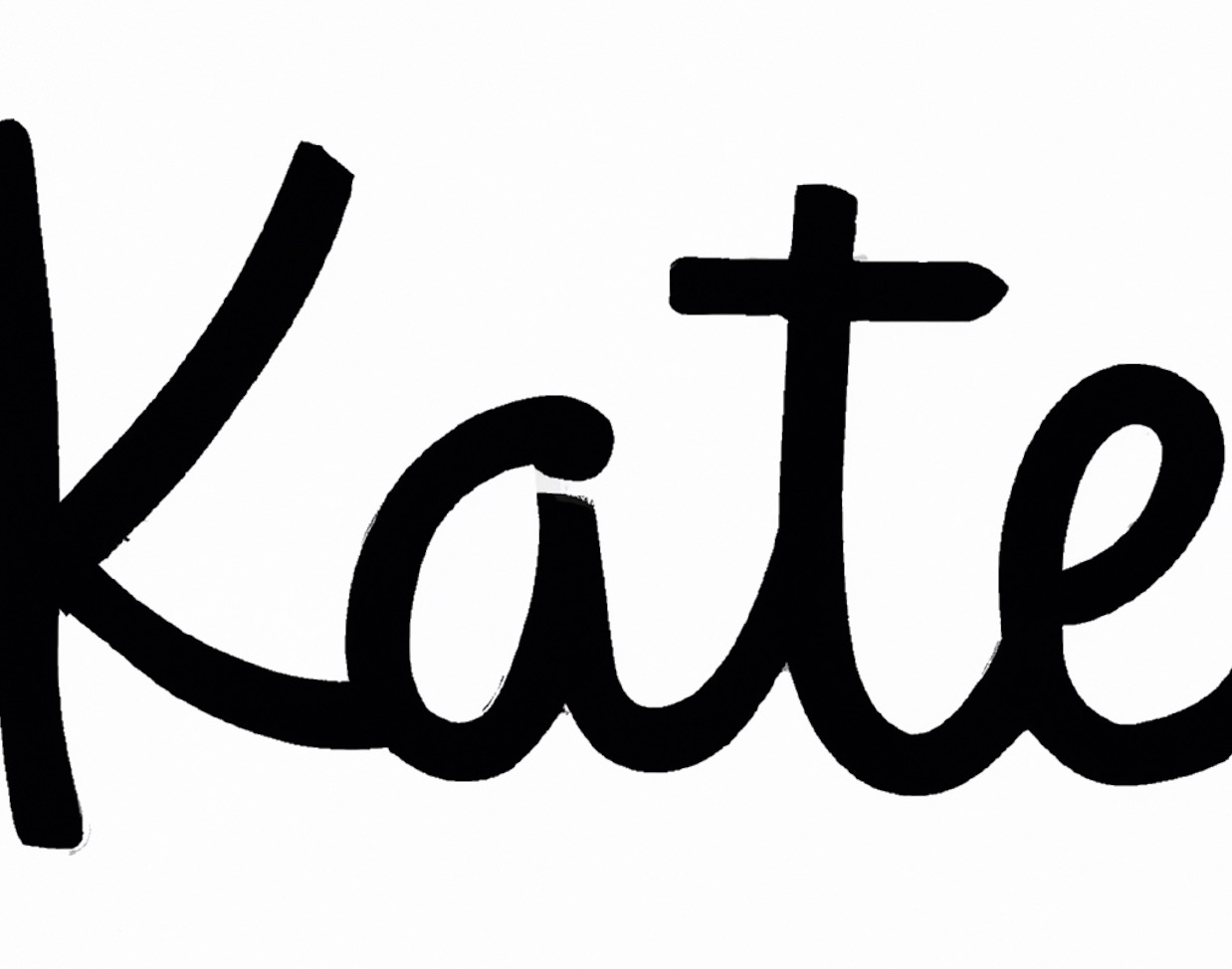Graphic design and geometry are two disciplines that could be considered as opposites. Graphic design is focused on aesthetics and conveying a visual message, whereas geometry is a branch of mathematics dealing with shapes, angles, and lines. Despite their differences, geometry is an important component of graphic design.
Geometry helps designers to create proportionately balanced compositions. As an art form, graphic design relies heavily on the concept of balance.
By using geometric shapes and forms, designers can achieve this balance in their designs. Furthermore, geometry can be used to create interesting visual effects such as optical illusions and perspectives.
Graphic designers must also understand the basics of perspective drawing, which is a type of drawing that uses geometric principles to create the illusion of depth. Perspective drawing requires knowledge of how objects look from different angles as well as how to draw vanishing points and horizon lines. These skills are essential for creating realistic-looking illustrations.
Finally, geometry can help designers when it comes to understanding typography. Typography involves more than just choosing the right fonts – it also involves positioning those fonts in relation to each other on a page or screen. Geometric principles such as circles, squares, triangles and rectangles can be used as guides when positioning text in relation to other elements on a page.
Conclusion:
Do you need geometry for graphic design? The answer is yes!
Geometry plays an important role in graphic design by helping designers create proportionately balanced compositions, creating interesting visual effects with perspective drawing, and understanding the basics of typography. Without an understanding of geometric principles, designing aesthetically pleasing visuals would not be possible.
7 Related Question Answers Found
Geometry is an essential part of graphic design. It is used to create shapes, angles, and proportions in order to enhance visual appeal. Geometry is used to organize the elements of a design in a way that creates balance and harmony.
Graphic design is an art form that involves the use of imagery, typography, and other creative elements to communicate messages. In order to create high-quality and visually appealing designs, a designer must possess both artistic talent and technical skills. One of the most important skills for a graphic designer is coding, which is used to create interactive elements such as animations and web interfaces.
Graphic design is one of the most popular and in-demand fields today. Every company needs to present their brand, products, and services through visuals, whether it’s logos, websites, product packaging or advertising. But do you need to know math in order to be a graphic designer?
Graphic design and UI design are often seen as interrelated, however, they are two distinct disciplines and each can exist independent of the other. Graphic design is the art of visually communicating ideas with imagery and typography. UI design, on the other hand, focuses on how a product’s interface functions, how it looks and how users interact with it.
A portfolio is a collection of designs that a graphic designer has created in the past and presents to prospective employers or clients. A portfolio allows a designer to showcase their work, demonstrate their skills, and show potential clients a range of design styles they can produce. For any graphic designer, having a portfolio is essential for success in the field.
When it comes to graphic design, many professionals assume that a custom gaming PC is necessary for the job. After all, gaming PCs are designed to handle high-end graphics and provide gamers with an immersive experience. But do you really need a gaming PC for graphic design?
Graphic Design is a profession that requires you to be creative, design-minded and technologically proficient. It is a career that requires the use of both hardware and software in order to create stunning visuals. The question of whether you need a laptop for graphic design or not depends on your individual needs, budget and the type of work you do.
